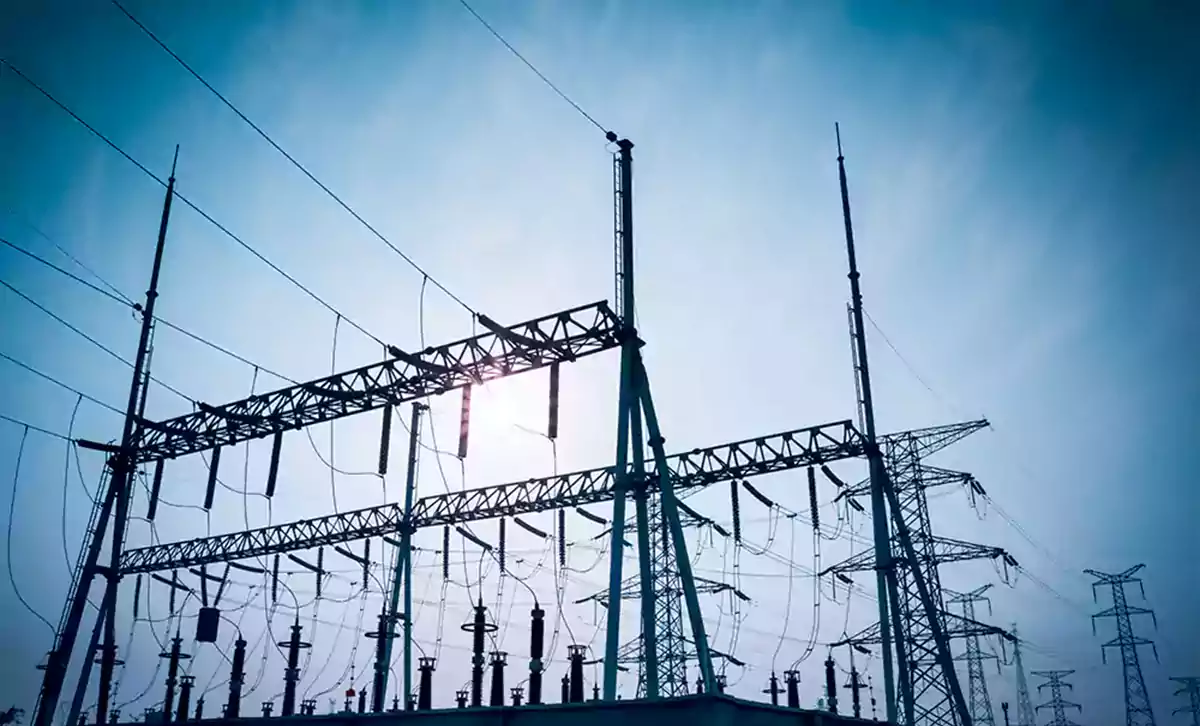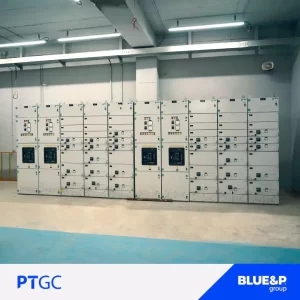While renewable energy systems are capable of powering houses and small businesses without any connection to the electricity grid, many people prefer the advantages that grid-connection offers.
A grid-connected system allows you to power your home or small business with renewable energy during those periods (daily as well as seasonally) when the sun is shining, the water is running, or the wind is blowing. Any excess electricity you produce is fed back into the grid. When renewable resources are unavailable, electricity from the grid supplies your needs, eliminating the expense of electricity storage devices like batteries.
Grid-Connection requirements from your power provider
Currently, requirements for connecting distributed generation systems—like home renewable energy or wind systems—to the electricity grid vary widely. But all power providers face a common set of issues in connecting small renewable energy systems to the grid, so regulations usually have to do with safety and power quality, contracts (which may require liability insurance), and metering and rates.
Addressing safety and power quality for grid connection
Power providers want to be sure that your system includes safety and power quality components. These components include switches to disconnect your system from the grid in the event of a power surge or power failure (so repairmen are not electrocuted) and power conditioning equipment to ensure that your power exactly matches the voltage and frequency of the electricity flowing through the grid.
Contractual issues for grid-connected systems
When connecting your small renewable energy system to the grid, you will probably need to sign an interconnection agreement with your power provider. In your agreement, power providers may require you to do the following:
Carry liability insurance — Liability insurance protects the power provider in the event of accidents resulting from the operation of your system. Most homeowners carry at least $100,000 of liability through their homeowner insurance policies (although you should verify that your policy will cover your system), which is often sufficient. Be aware, however, that your power provider may require that you carry more. Some power providers may also require you to indemnify them for any potential damage, loss, or injury caused by your system, which can sometimes be prohibitively expensive.
Pay fees and other charges — You may be asked to pay permitting fees, engineering/inspection fees, metering charges (if a second meter is installed), and stand-by charges (to defray the power provider’s cost of maintaining your system as a backup power supply). Identify these costs early so you can factor them into the cost of your system, and don’t be afraid to question any that seem inappropriate.
In addition to insurance and fees, you may find that your power provider requires a great deal of paperwork before you can move ahead with your system. However, power providers in several states are now moving to streamline the contracting process by simplifying agreements, establishing time limits for processing paperwork, and appointing representatives to handle grid-connection inquiries.
Metering and rate arrangements for grid-connected systems
With a grid-connected system, when your renewable energy system generates more electricity than you can use at that moment, the electricity goes onto the electric grid for your utility to use elsewhere. The Public Utility Regulatory Policy Act of 1978 (PURPA) requires power providers to purchase excess power from grid-connected small renewable energy systems at a rate equal to what it costs the power provider to produce the power itself. Power providers generally implement this requirement through various metering arrangements. Here are the metering arrangements you are likely to encounter:
Net purchase and sale — Under this arrangement, two uni-directional meters are installed: one records electricity drawn from the grid, and the other records excess electricity generated and fed back into the grid. You pay retail rate for the electricity you use, and the power provider purchases your excess generation at its avoided cost (wholesale rate). There may be a significant difference between the retail rate you pay and the power provider’s avoided cost.
Net metering — Net metering provides the greatest benefit to you as a consumer. Under this arrangement, a single, bi-directional meter is used to record both electricity you draw from the grid and the excess electricity your system feeds back into the grid. The meter spins forward as you draw electricity, and it spins backward as the excess is fed into the grid. If, at the end of the month, you’ve used more electricity than your system has produced, you pay retail price for that extra electricity. If you’ve produced more than you’ve used, the power provider generally pays you for the extra electricity at its avoided cost. The real benefit of net metering is that the power provider essentially pays you retail price for the electricity you feed back into the grid.
source : energy.gov








